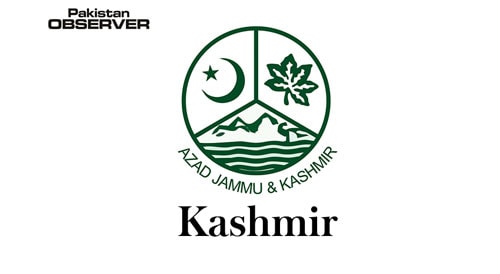Saad Rasool
This past week, two full years lapsed since the illegal abrogation of Kashmir’s autonomous status by the fascist Modi government, in complete contravention of the Indian Constitution, applicable UNSC resolutions, and international law. Sadly, this date passed without much pomp or protest in Pakistan
. Pakistan’s politics—stuck in the humdrum of menial quibbling—remained consumed by petty agendas, and paid no real attention to this date.
While petty haggling has become the norm of political discourse in Pakistan, it needs to be asked why our political leaders, from all sides of the aisle, have made no constructive suggestion about ‘solving’ the Kashmir issue.
In part, this is because most (if not all) political leaders in Pakistan have still not been able to understand the constitutional underpinnings of what happened on August 5th, 2019.
To remedy the problem, let us try to review the precise framework concerning Kashmir’s annexation by India.
The illegal annexation of Kashmir, into India’s union territory, was done through a Presidential Order (CC.O. 272), which abrogated the Constitution of Jammu & Kashmir, and (in essence) repealed Article 370 and 35A of the Constitution of India.
So, what was Article 370, and why did it matter so much? Article 370 of the Indian Constitution was the provision that endowed special autonomous status to the region of Jammu & Kashmir, and formed the basis of its accession to India, at a time when this erstwhile princely States had the choice to either join India or Pakistan, post-independence in 1947.
Article 370 came into effect in 1949, and empowered the Constituent Assembly of Jammu & Kashmir, after its establishment, to choose which provisions of the Indian Constitution could be applied to the region, and also permitted the said assembly to abrogate the Constitution of India, choosing its own measures of complete self-governance instead.
Within this framework, after consultation with the Constituent Assembly of Jammu & Kashmir, a Presidential Order was issued by India, in 1954, introducing Article 35A into the Indian Constitution.
This permitted Kashmir’s domestic legislature to define permanent residents of the region, specify the articles of the Indian Constitution that shall apply to Kashmir, and allowed Kashmir to make its own laws in all matters except finance, defence, foreign affairs and communications.
Article 35A, referred to as Permanent Residents Law, also prohibited outsiders from buying land or permanently settling in Kashmir, while also barring female residents of Kashmir from retaining property rights, in the event that they marry a person from outside the State. —KMS










